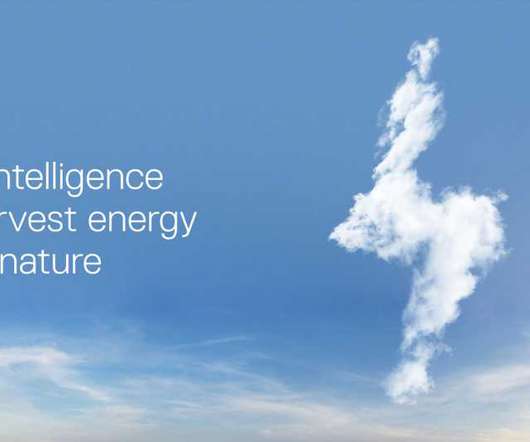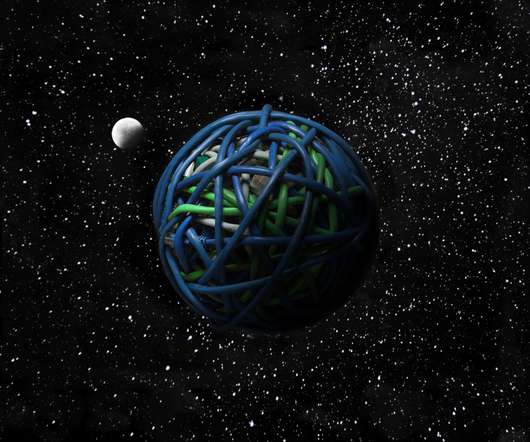How the C-Suite Can Champion Sustainability Across the Enterprise
CIO
AUGUST 29, 2022
Becoming a sustainable enterprise is no longer a “nice to have” priority – reducing a company’s carbon footprint and fighting climate change is now mainstream. A sustainable model is built on an entrepreneurial approach to collaboration and building together, while making sure that the impact on the ecosystem is reduced steadily. “A















Let's personalize your content